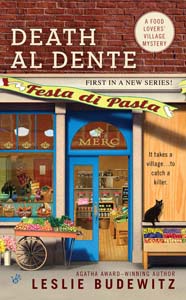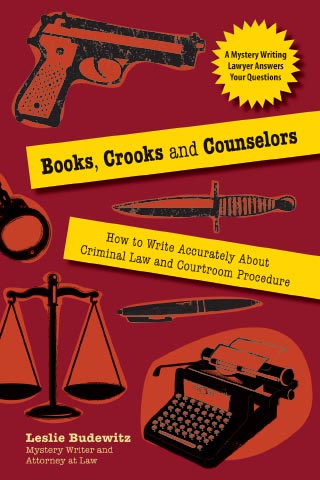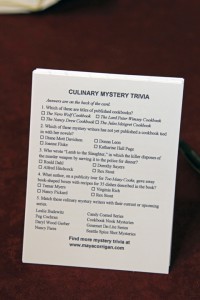A popular Q&A in Books, Crooks & Counselors asks what courthouse and courtroom security measures a writer should be aware of. In the March 2013 issue of NWLawyer, the Washington State Bar Association journal, an article by WSBA president Michele Radosevich includes 2012 statistics from Spokane County, covering Superior Court, District Court, and the City of Spokane Municipal Court, in five separate buildings, each with security stations. (County population for 2011 is estimated at about 475,000.)
 Radosevich notes that most of the people who brought guns to the courthouse surrendered them voluntarily when they arrived at the security checkpoint, but the vast majority of other items were found only through X-rays, metal detectors, and follow-up patdowns. She also says she doubts Spokane County is an outlier – visitors to courthouses in other counties probably carry the same items at the same rate, but not every county or courthouse has a staffed security checkpoint.
Radosevich notes that most of the people who brought guns to the courthouse surrendered them voluntarily when they arrived at the security checkpoint, but the vast majority of other items were found only through X-rays, metal detectors, and follow-up patdowns. She also says she doubts Spokane County is an outlier – visitors to courthouses in other counties probably carry the same items at the same rate, but not every county or courthouse has a staffed security checkpoint.
Spokane County Courts – Jan-Dec 2012
Items Confiscated
Hand Guns 1,104 (up from 1,046 in 2011; 5 found by X-ray, 1 by physical search)
Knives 10,166
Ammunition 1,129
Toy Guns 47
Mace 1,712
Scissors 1,166
Dangerous Fluid 144
Razor Blades 1,871 (startling – seems an unusual thing to carry)
Dangerous Tools 4,382
Drug Pipes/Other 149 (startling in its stupidity)
Misc. Items 2,161
Illegal Items 137
Tasers 84
Totals 24,252
I’ve only given the totals; the published chart breaks each category down by how found: X-ray, physical search, metal detector, or surrender. See the full article — linked below — for more details. While the article doesn’t say whether items were returned, I’m sure they were – unless possession was illegal, by law, conditions of probation, or for other reasons.
How might this change the courtroom scenes you write – and the attitudes and fears of judges, lawyers, courthouse staff, and other courthouse visitors?
(Statistics taken from the March issue of NWLawyer, a publication of the Washington State Bar Association, as presented by Judge Sara Derr of the Spokane County District Court. Photo from Spokane County website.)






